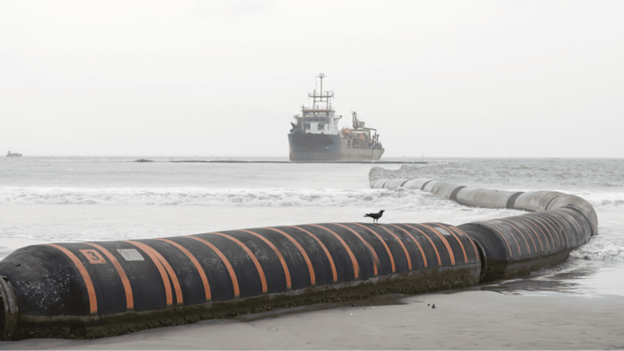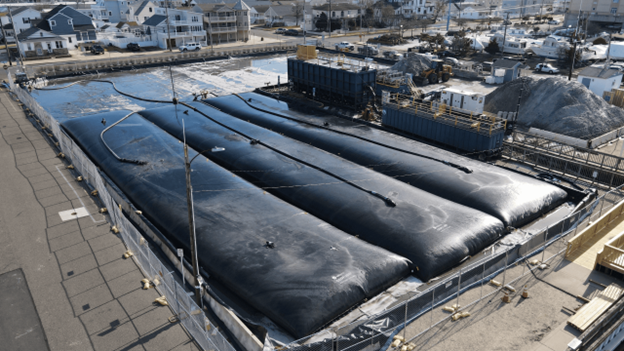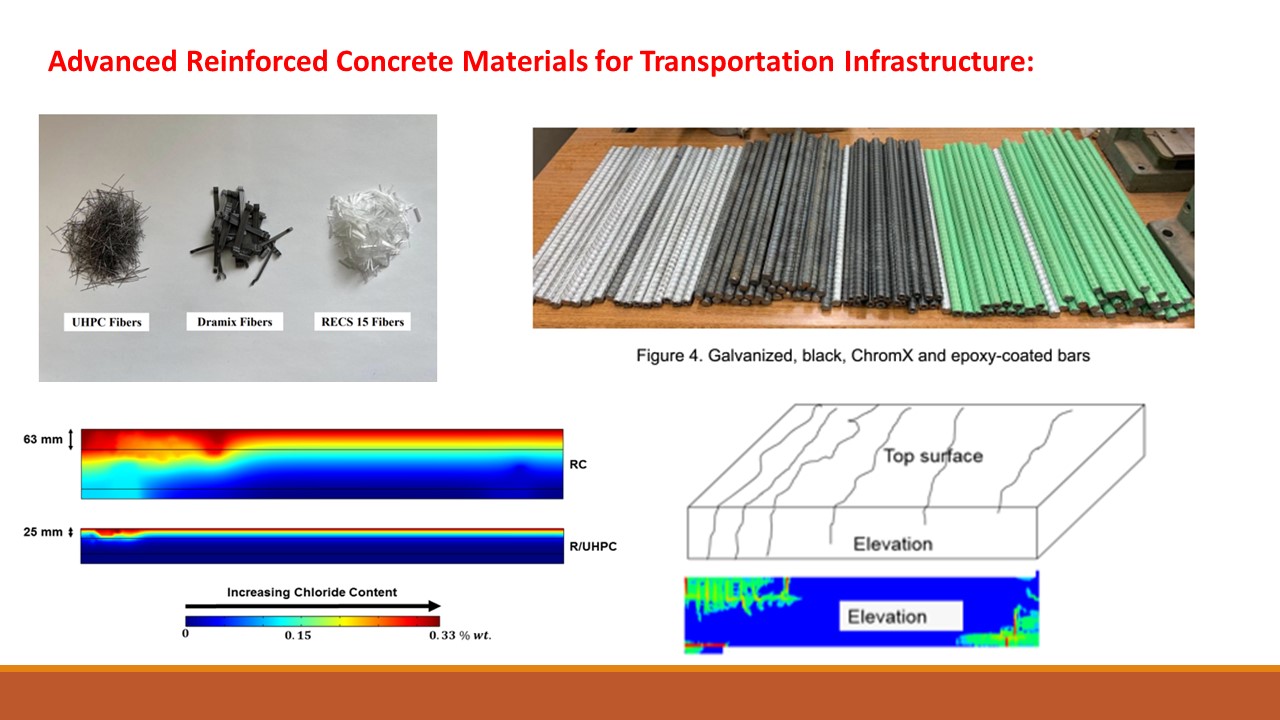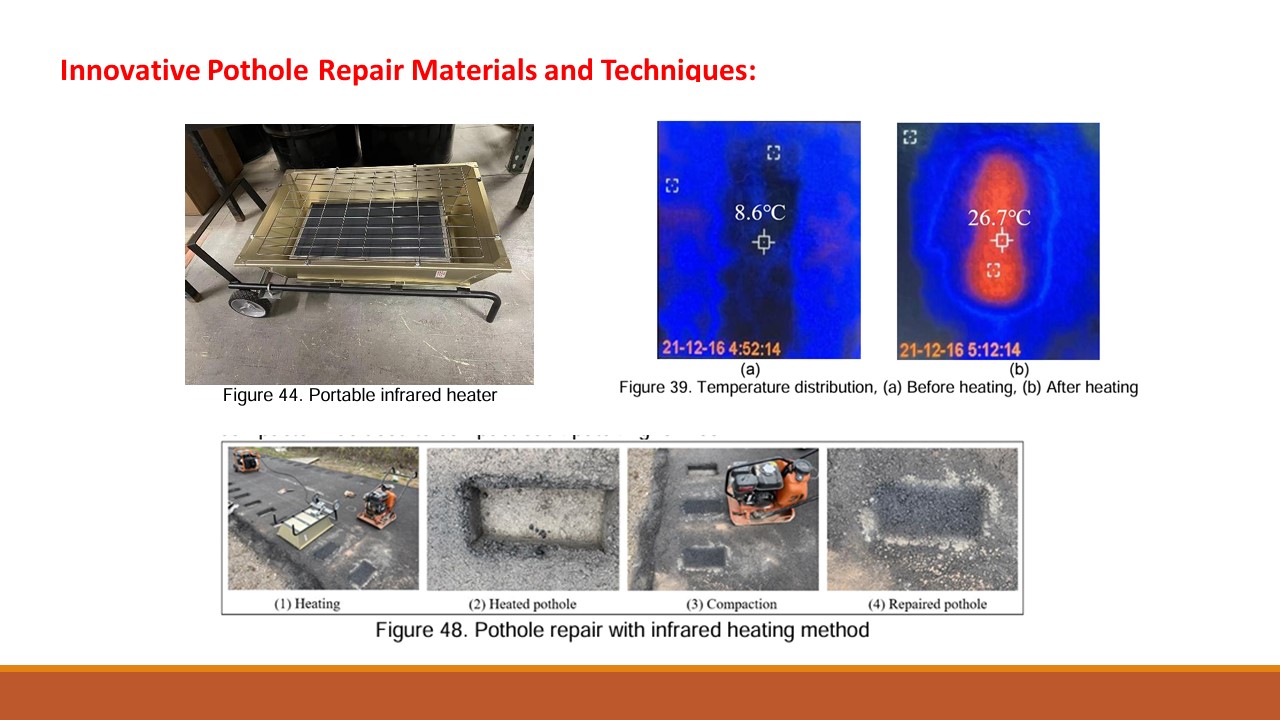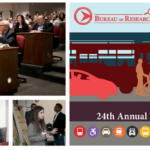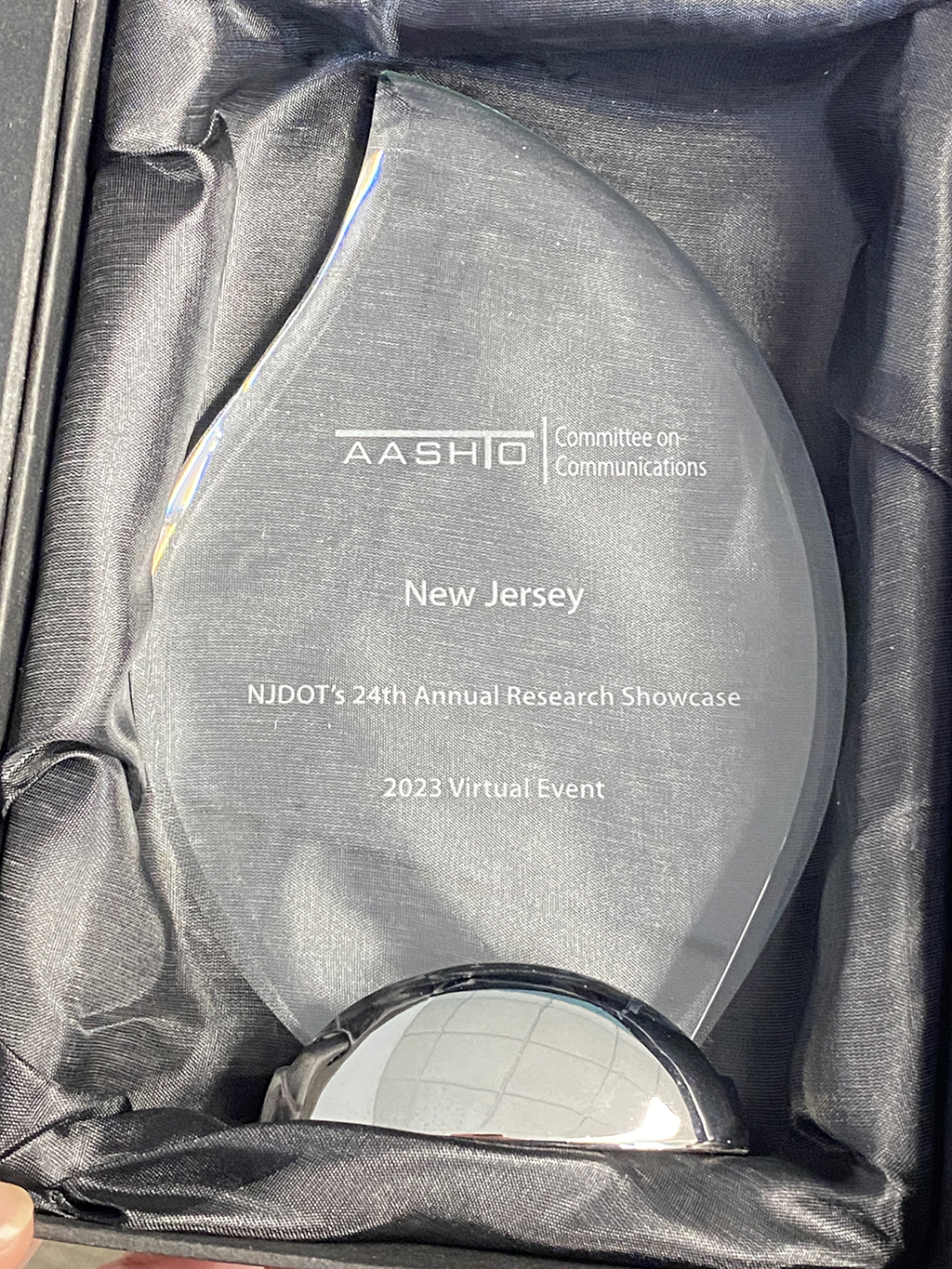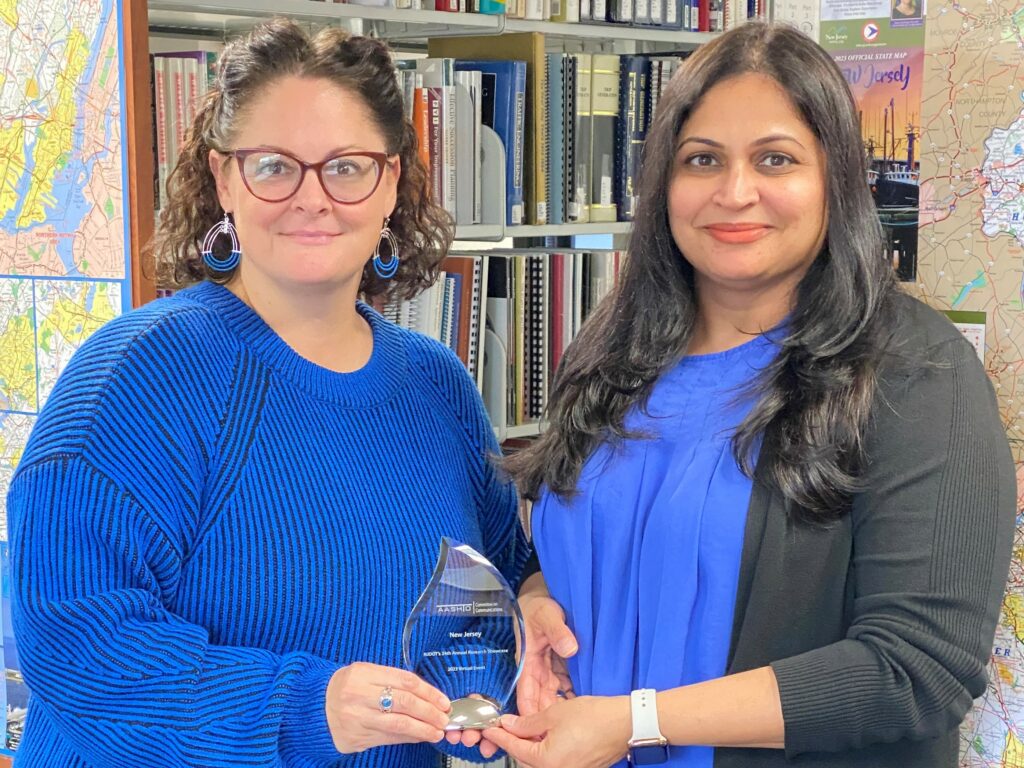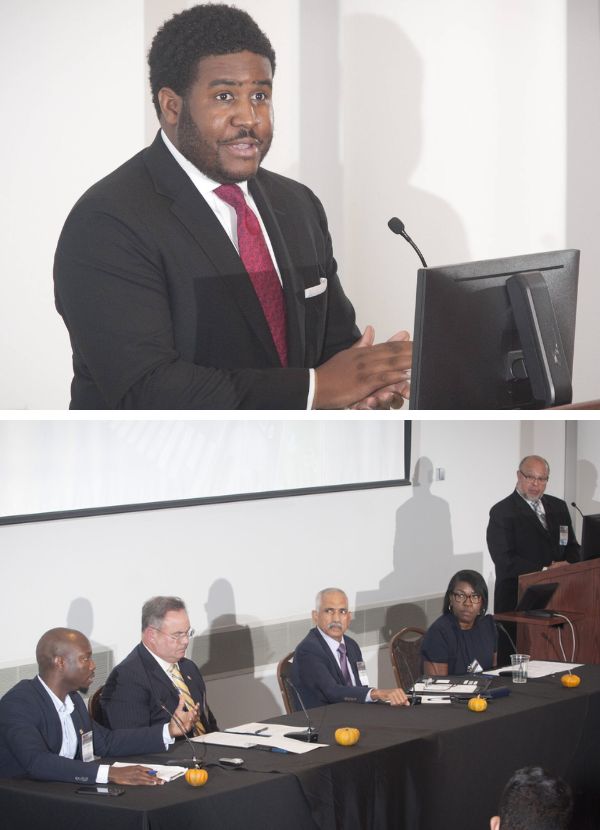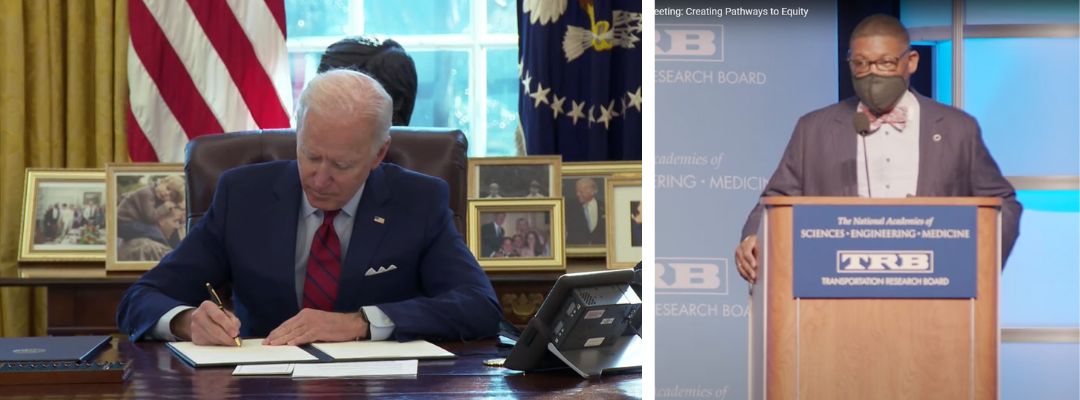For 18 years, the American Association of State Highway and Transportation Officials (AASHTO) has hosted the America’s Transportation Awards, celebrating the essential role state DOTs play in strengthening the nation’s transportation system. The program recognizes projects in four categories: Quality of Life/Community Development, Operations Excellence, Best Use of Technology & Innovation, and Safety.
AASHTO recently announced that NJDOT is one of twelve finalists selected from a pool of 113 projects in the 2025 competition. NJDOT’s Wildwood Maintenance Dredging and Channel Improvement Project earned recognition in the Best Use of Technology & Innovation category for its creative dredging and dewatering methods. The project will now compete for the National Grand Prize of $10,000.
Project Synopsis
The project focused on dredging Wildwood channels, which had been heavily impacted by Superstorm Sandy in 2012. Storm-induced sediment buildup made the channels hazardous for both commercial and recreational boaters. Residents noted that at low tide, boats could run aground due to shallow depths.
To restore safe navigation, NJDOT faced tight seasonal constraints. Work could only occur in the fall and winter months to ensure that the channels were open for the summer boating season. With seven channels spanning multiple municipalities, the team needed an efficient and innovative solution for dredging and sediment management.
The NJDOT team deployed a system of dredging barges, high-density polyethylene (HDPE) dredge pipes, hydrocyclones, and geobags to complete the work.
Collection and Transportation
The team employed dredging barges to remove sediment from the channel floor and transport it to inland staging areas via HDPE dredge pipes. The pipes carried large amounts of water alongside the reusable sand and other minerals contained in the sediments.
Water Separation
At the shore, the team utilized hydrocyclones to apply centrifugal force to remove most of the water from the sediments. This step reduced the overall volume of material requiring dewatering and transport.
Dewatering
Finally, the NJDOT team transferred the sediment solids into geobags—large, permeable fabric containers and used a separate pump to add a polymer solution, which acted as a flocking agent. The polymer caused fine particles to bind together into clumps, which then sank to the bottom of the geobags. Tiny porous holes in the fabric allowed water to drain out while retaining the sediments solids.
Results
This innovative system allowed NJDOT to complete the project on schedule, enabling commercial boaters to resume operations in summer 2024 without interruption. By combining efficient transport and dewatering methods, the team not only met a challenging seasonal window but also maximized the value of recovered materials. The collected sand and minerals were transported to other sites for use in future shore protection projects—demonstrating NJDOT’s commitment to both timely delivery and long-term coastal resilience.
Vote Now!
The winners of America’s Transportation Awards will be announced at the AASHTO Annual Meeting this November. In addition to the National Grand Prize, the public can help decide the People’s Choice Award.
You can vote for NJDOT’s
Wildwood Maintenance Dredging
and Channel Improvement Project.
Voting closes on November 17, 2025.
Resources
New Jersey Department of Transportation. (2025). Two NJDOT projects win 2025 Regional America’s Transportation Awards. https://dot.nj.gov/transportation/uploads/comm/news/details/comm_np_20250715_132841_TwoNJDOTprojectswinregional2025AmericaTransportationAwards.pdf
Wildwood Video Archives. (2025). Dredging the Wildwoods Back Bays 2024. https://www.youtube.com/watch?v=_hRvfzm-dZ8
Lowe, C. (2022). What is a hydrocyclone used for and how does it work? Weir Group. https://www.global.weir/newsroom/global-news/what-is-a-hydrocyclone-used-for-and-how-does-it-work/
Omar, N. (2024). How to optimize dewatering processes with GEOTUBE technology: A comprehensive guide. Solmax. https://www.solmax.com/global/en/blog/how-to-optimize-dewatering-processes-with-geotube-technology-a-comprehensive


